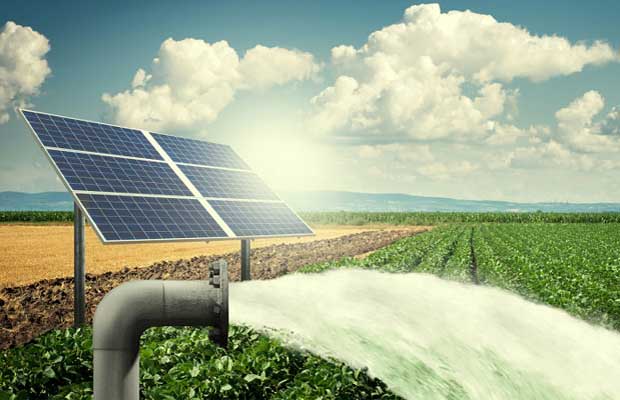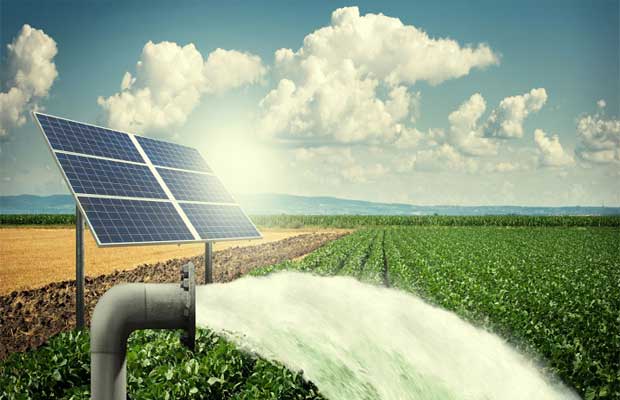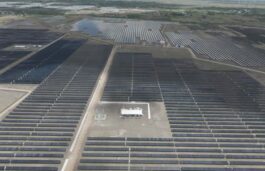
Farmers who don’t have electric pumps ought to be focused with littler solar pumps as they would discover solar pumps appealing at even 30 percent subsidy.

A subsidy drove approach alone may not accomplish the objective of one million solar pumps by 2021 and the legislature must target minor farmers, an autonomous examination by the Council on Energy, Environment, and Water (CEEW) is announced.
Farmers who don’t have electric pumps ought to be focused with littler solar pumps as they would discover solar pumps appealing at even 30 percent subsidy, gave moderate financing is accessible, said the report discharged at the national discourse on ‘Solar for Irrigation in India’.
The CEEW examine, in light of an essential study of 1,600 farmers crosswise over ten regions in Uttar Pradesh, found that farmers utilizing electric pumps were disappointed because of the use of untrustworthy power supply, exhausting water tables and high consumption on diesel.
The examination said that 40 percent of these farmers, particularly diesel pump proprietors, were eager to change to solar pumps to profit advantages, for example, zero operational costs, convenience for the duration of the day and cost funds on diesel.
“However, only a subsidy-led approach may not be sufficient to achieve the government target of one million solar pumps by 2021. A 30 percent capital subsidy on one million solar pumps would entail an outlay of nearly Rs 135 billion, twice the annual budget of New and Renewable Energy Ministry,” it said.
Delivering the keynote address at the event, NITI Aayog CEO Amitabh Kant said that access to reliable and affordable irrigation was “one of the most important enablers to increase agricultural productivity and incomes for farmers”.
“Solar pumps can strengthen Indian agriculture by fulfilling unmet irrigation needs while reducing the burden of subsidies on the government and increasing farmers’ resilience to climate change.
“To scale up solar pumps, we must strive to create bottom-up demand by focusing on technology demonstration and raising awareness levels among farmers,” Kant said.
In India, 1,42,000 solar pumps have been sent to date. More than 50 percent of the solar pumps have been sent to Andhra Pradesh, Chhattisgarh, Uttar Pradesh, and Rajasthan.
Abhishek Jain, Senior Program Lead at CEEW, said that to scale up solar pumps, the administration must embrace setting particular arrangement techniques, enhance focusing of its subsidies, receive a client-driven approach, work with undertakings to cut down expenses of the pumps, and concentrate on enhancing mindfulness about the innovation.
“In Uttar Pradesh, we found that only 27 percent farmers had heard of solar pumps, less than 15 percent had seen a solar pump in reality or on television, and only two percent had heard of government schemes related to solar pumps.”
“Deploying five solar pumps in each block of the country, prioritizing areas with good groundwater situation, would have a significant demonstration effect on farmers to generate bottom-up demand for the technology,” he said.
In spite of the current 19 million electrical pumps and around nine million diesel pumps, 53 percent of India’s net sown region remains unirrigated.
Source: ET Energy World



























